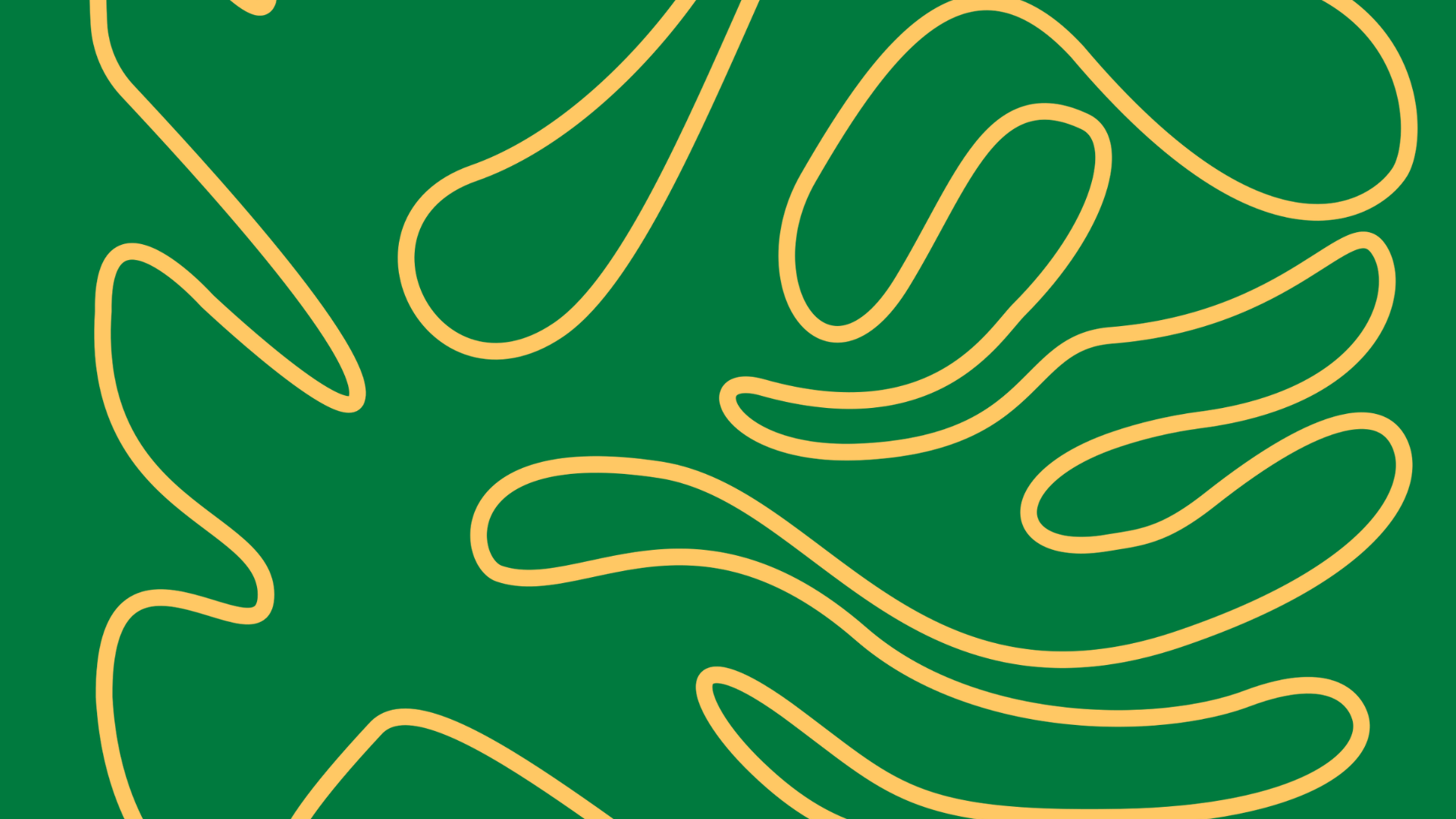
The Parrotfish of Roatan
Introduction to the Parrotfish.
Guardians of the Coral Reef.
Roatan, a Caribbean gem known for its crystal-clear waters and vibrant marine life, is home to one of the reef’s most colorful and essential residents: the parrotfish. With their bright, striking colors and unique beak-like mouths, parrotfish are not only a favorite among snorkelers and divers, but they also play a crucial role in maintaining the health of coral reefs.
Why Parrotfish Are Essential for Coral Reefs
Parrotfish are herbivores that feed on algae growing on coral surfaces. By grazing on algae, they prevent overgrowth that can suffocate corals, allowing coral polyps to thrive and maintain the reef’s delicate ecosystem. Additionally, parrotfish produce sand through their digestion of coral material, contributing to the formation of white sandy beaches that make Roatan so picturesque.
Their presence is a clear indicator of a healthy reef system. Protecting parrotfish ensures that coral reefs remain vibrant, resilient, and capable of supporting the diverse marine life that calls them home.
Responsible Interaction and Conservation
Parrotfish populations worldwide are under pressure due to overfishing and habitat degradation. In Roatan, it is essential to never fish, harass, or remove parrotfish from their natural habitat. Divers and snorkelers should maintain a respectful distance and avoid touching the reef to prevent damage.
Supporting local marine conservation efforts and sustainable tourism practices helps ensure that these colorful fish continue to thrive. By following guidelines such as not feeding wildlife, respecting marine protected areas, and reducing plastic waste, visitors can play a part in protecting Roatan’s reefs for future generations.
Parrotfish Species in Roatan
Roatan’s waters host a variety of parrotfish species, each with distinct colors, sizes, and behaviors. Some of the species you might encounter include:
Stoplight Parrotfish (Sparisoma viride): Known for their bright green, yellow, and red coloration, stoplight parrotfish are among the most common species seen by divers and snorkelers.
Queen Parrotfish (Scarus vetula): Larger than many other species, the queen parrotfish exhibits stunning shades of blue, green, and pink.
Princess Parrotfish (Scarus taeniopterus): With its striking pink and blue patterns, the princess parrotfish is smaller but equally captivating.
Rainbow Parrotfish (Scarus guacamaia): One of the largest species, the rainbow parrotfish is a magnificent sight as it grazes along the reef edges.
Midnight Parrotfish (Scarus coelestinus): Named for its deep blue coloration, the midnight parrotfish is typically seen in the deeper parts of the reef and adds a mysterious, elegant touch to Roatán’s underwater landscape.
Each species contributes uniquely to the reef ecosystem, making them all important to protect.
Observing Parrotfish in Roatan
The reefs around Roatan, from West Bay to Sandy Bay, are excellent locations to observe parrotfish in their natural habitat. Divers often spot them during snorkeling trips, reef tours, or scuba dives, especially around coral-rich areas. Their vibrant colors and active grazing behavior make them a highlight of any underwater adventure.
Conclusion
Parrotfish are more than just beautiful creatures—they are guardians of the reef, vital to the health and sustainability of Roatan’s underwater ecosystem. Observing them responsibly, supporting marine conservation, and spreading awareness about their importance are key steps in preserving both the parrotfish and the stunning coral reefs they help sustain.
By appreciating the parrotfish and protecting their habitat, we ensure that Roatan remains a thriving, colorful paradise for divers, snorkelers, and marine life alike.






